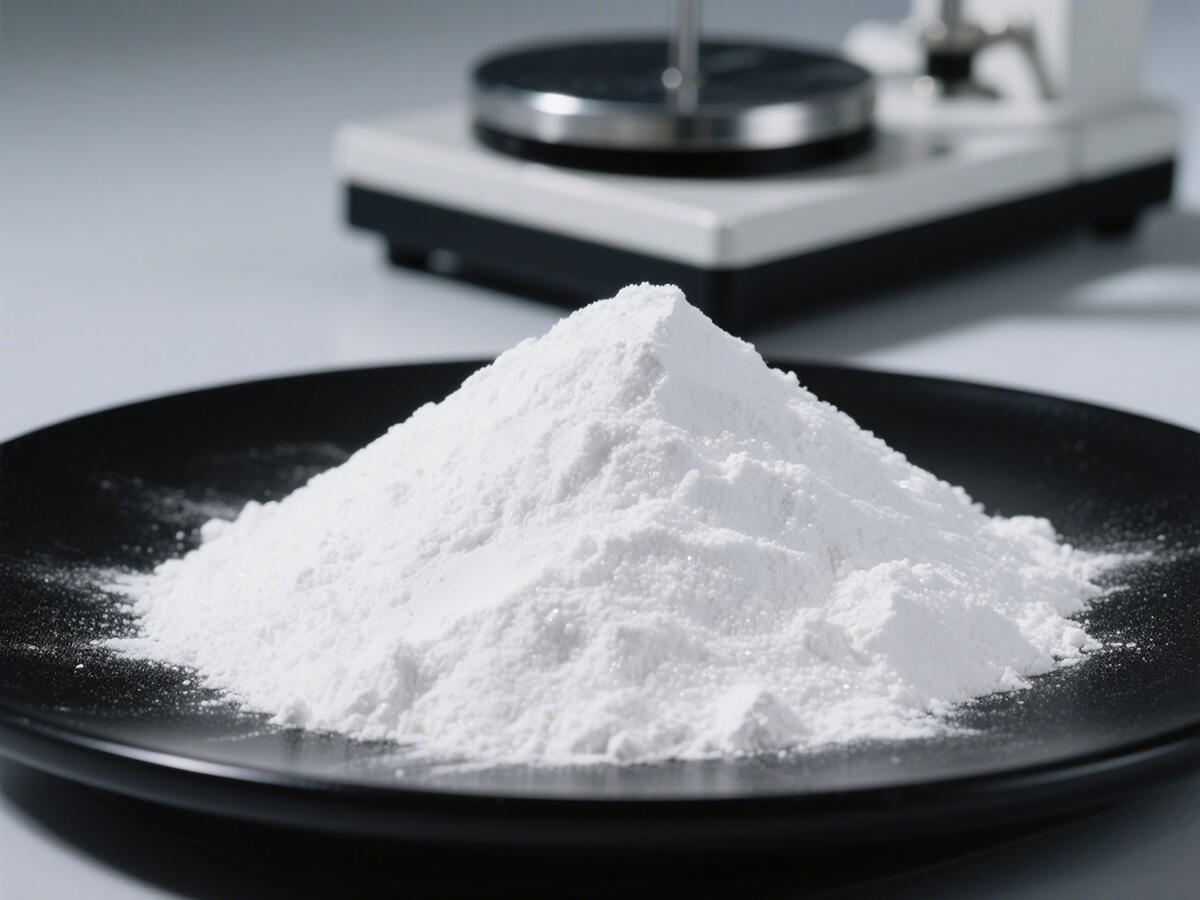Rutile Titanium Dioxide (TiO₂) is fast becoming an essential ingredient in today’s architectural coatings, prized for its unmatched combination of toughness and effectiveness. This post digs into why rutile TiO₂ is the go-to choice for formulators, its role in coatings, and why it matters to both manufacturers and the people who use the paints and finishes. When it comes to boosting durability, rutile TiO₂ is more than an option—it’s a must-have for any high-end coating meant to last years, even in the toughest climates.
One-Of-A-Kind Strength of Rutile Titanium Dioxide
Rutile TiO₂ steals the show for ultra-strong hiding power and incredible whiteness, leaving the alternative, anatase TiO₂, in the dust. This pigment holds color beautifully, giving architectural coatings a polished look while still adding toughness. Its ability to bounce back UV light means the coating continues to look fresh, fighting the sun’s slow-motion eraser. On top of this, the pigment shrugs off rain, snow, and grit, making it a top pick for any exterior project meant to weather the elements. When heat, light, and moisture work overtime, coatings with rutile stand firm, proving that real durability comes from smart material choices.
Applications of Rutile TiO2 in Architectural Coatings
Rutile TiO2 finds its way into almost all types of architectural coatings—be it paints, primers, or sealants. Because it can easily be adjusted, coatings developers can design products for almost every setting, so surfaces get exactly the protection they need. Take exterior paints as an example: rutile TiO2 not only gives the paint a beautiful, even finish but also makes it tough against creeping moisture, mold, and mildew. Store it inside and the same particle helps interior paints stand up to scrubbing and washing, letting surfaces stay clean and bright even after years of use.
Benefits of Using Rutile TiO2 in Coatings
Leveraging rutile TiO2 in architectural coatings delivers a long list of wins. First, its exceptional durability means coated surfaces stay in shape for a long, long time. Fewer coats on the timeline lead to less time and less labor during repaint jobs, and there’s a bonus: less paint winding up in the trash. Because the same ingredient slips easily into low-VOC and eco-friendly paint blends, businesses and home builders can select products that not only look good but also help the planet. As sustainability moves to the forefront of the construction scene, rutile TiO2 suits both merits and missions.
Industry Trends: The Future of Rutile TiO2 in Architectural Coatings
Looking ahead, architectural coatings are increasingly counting on premium ingredients, and rutile TiO2 stands out in the crowd. Advances in nanotech and next-gen pigment blends are squeezing every drop of efficiency from rutile, pushing barrier performance and reflectance to new levels. At the same time, the push for greener and smarter buildings is encouraging formulators to rethink and revamp how TiO2 is deployed—expanding its role far beyond a traditional pigment. When you step back, what you see is anatase slowly giving way to its rutile cousin: a pigment transformed into a multifunctional hero that prolongs the service life and aesthetic appeal of facades while keeping the future of urban design in balance. Simply put: rutile titanium dioxide is no longer an option on the datasheet; it's the backbone that makes contemporary coatings drool-worthy for architects and arriving homeowners alike.
Conclusion
To wrap things up, you can’t really overstate rutile titanium dioxide’s share of duty in the performance of architectural coatings. Extreme UV rejection, moisture repellence, and unbeatable chalking resistance forge a coat that refuses to quit, even in the harshest climates. The material’s versatility means that no matter the substrate—brick, stucco, or metal—there's a TiO2 solution ready to comply. And with sustainability frameworks tightening, its low-energy processing and color retention are no longer nice-to-have; they're essential. As the next wave of innovations—biobased solvents, recycle-friendly capsules, and infrared cool roof blends—roll onto the market, don’t be surprised to see rutile leading the way, not trailing behind. The pigment’s next chapter in architecture is set, and it is written in clear, resilient white.


